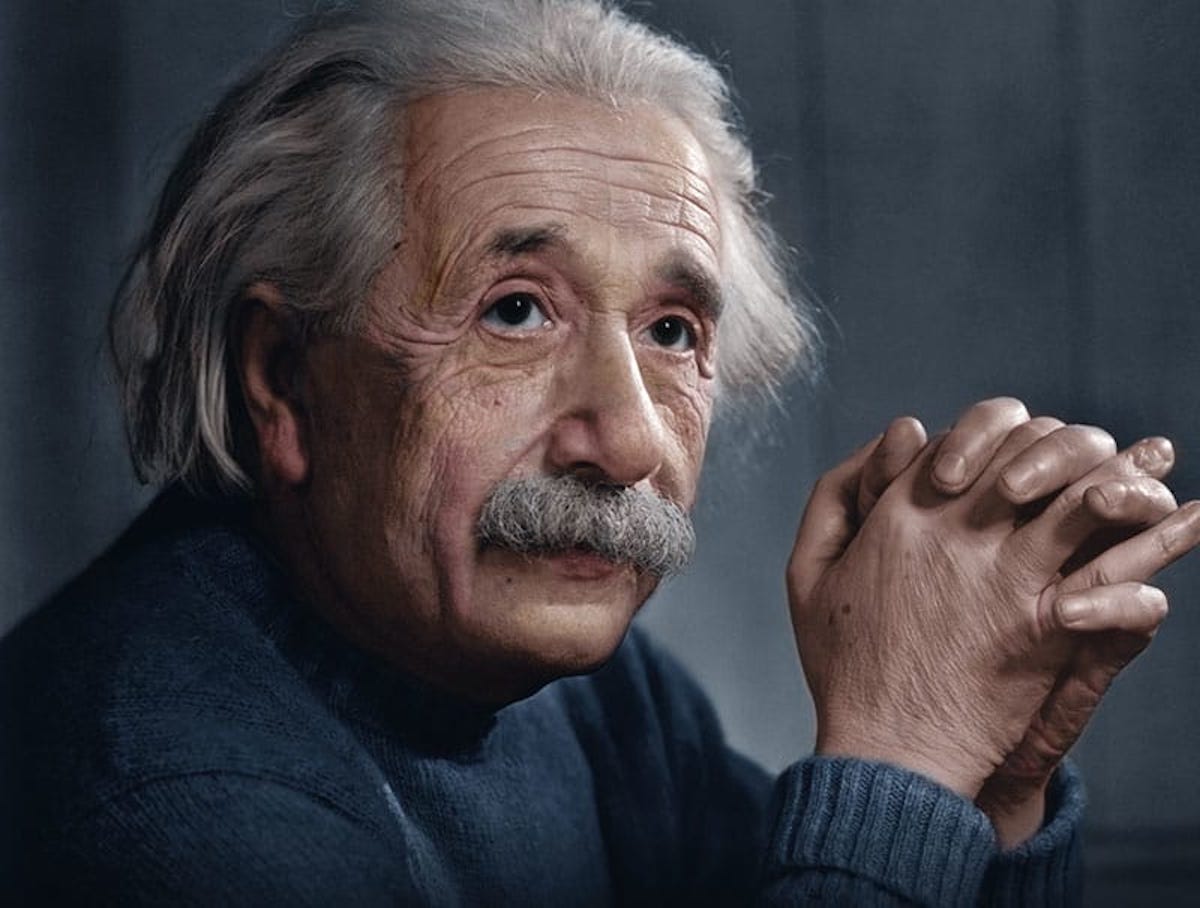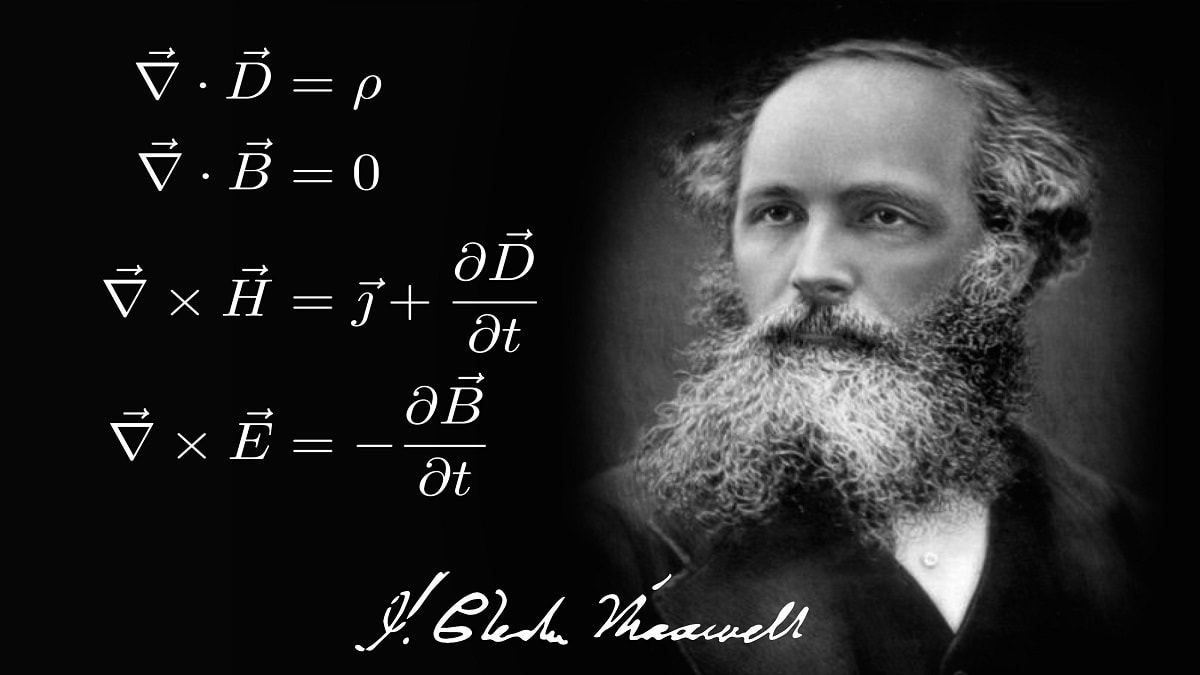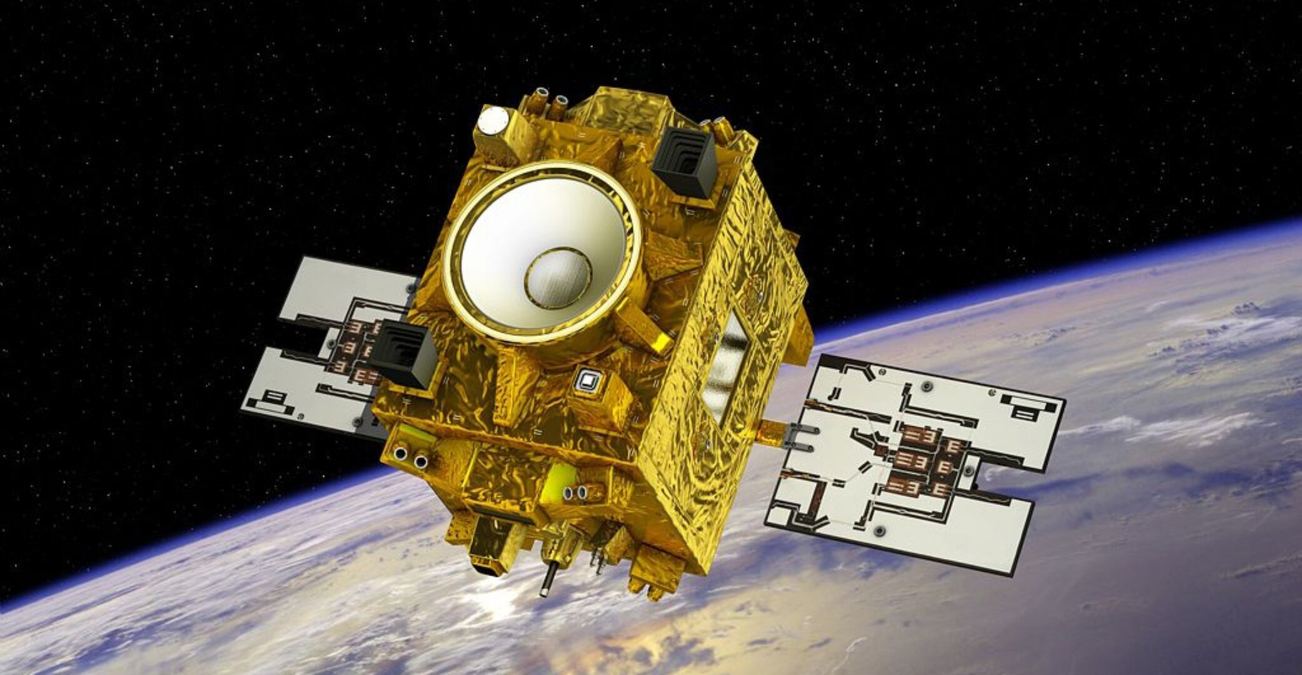What was Albert Einstein’s contribution to the field of physics?
His most famous contribution is the theory of relativity. This theory revolutionized our understanding of space and time, and introduced the concept of spacetime. Einstein also made important contributions to the development of quantum mechanics and the study of Brownian motion.
How did Albert Einstein’s upbringing shape his scientific work?
He grew up in a secular Jewish family in Germany, and received a rigorous education in math and science. As a young man, he was exposed to the work of philosophers such as Immanuel Kant and Ernst Mach, who influenced his views on the nature of reality. Later, his experiences as a patent clerk in Switzerland gave him the time and freedom to develop his ideas about relativity.
What was the significance of the famous equation E=mc²?
The equation E=mc² expresses the relationship between mass and energy. It was first proposed by Albert Einstein in 1905, as part of his special theory of relativity. The equation showed that mass and energy are interchangeable, and it has had important implications for nuclear physics and energy generation.
How did Albert Einstein’s political beliefs influence his scientific work?
Albert Einstein was a political activist and pacifist, and his political beliefs influenced his scientific work in several ways. He was an outspoken critic of war and militarism, and his experiences living through World War I and witnessing the rise of Nazi Germany led him to advocate for internationalism and cooperation among nations. He also believed that science had a moral responsibility to promote social justice and equality.
How did Albert Einstein die?
Albert Einstein died on April 18, 1955 at the age of 76. He had been in declining health for several years, suffering from a variety of ailments including heart problems, digestive issues, and internal bleeding.u003cbru003eu003cbru003eOn the day of his death, Einstein experienced an abdominal aortic aneurysm, which is a bulge in the wall of the aorta that ruptured and caused severe internal bleeding. He was rushed to the hospital but refused surgery, stating that he had lived his life and was ready to go.u003cbru003eu003cbru003eEinstein’s condition quickly worsened, and he fell into a coma. He passed away early the next morning, surrounded by his family and close friends.
The biography of Albert Einstein and the brilliant theories he developed over his lifetime. Space, time, and relativity are among them. Many areas of physics and technologies related to physics have been deeply influenced by Albert Einstein’s work. These areas range from the functioning of the universe to the sensitivity of the Global Positioning System (GPS), from the structure of the atom to the invention of the laser. Einstein did a study of the laboratory data on the photoelectric effect and based on this, he developed the quantum theory of light in 1905. He said unequivocally that this hypothesis was his “revolutionary” achievement.
Indeed, he was given the Nobel Prize for his efforts in 1921. However, scientists such as Niels Bohr, Max Born, and Werner Heisenberg were responsible for the subsequent development of quantum theory. Other candidates include Erwin Schrödinger, who developed Einstein’s quantum theory in the 1920s in a direction that Einstein did not completely support.
When a pretty girl sits on your lap for an hour, it seems like a minute. When you sit on a hot stove for a minute it seems like an hour.”
Albert Einstein’s simple explanation of relativity to his secretary.
When did Albert Einstein develop the theory of relativity?

Albert Einstein’s most famous contribution begins with “special relativity” in 1905, which he further developed in 1915 by adding “general relativity,” followed by “acceleration due to gravity.”
Since Isaac Newton established the laws of motion and gravity in the 17th century, Einstein’s theory has produced the biggest revolution in our understanding of space and time. In general relativity, the mysterious “ether substance” that fills space, as well as the idea of “the impact of gravity,” does not exist. In some ways, the cosmos has become a space-time continuum, in which it shows how matter bends in space and space shows matter how to move.
While working as a full-time patent officer in Switzerland, Albert Einstein developed his special theory of relativity. According to Einstein in 1952, the time between the conception of his ideas in May-June 1905 and the writing of his essay “On the Electrodynamics of Moving Bodies” was just five or six weeks. However, using this as a starting point for his theories would be incorrect since the arguments and building blocks most likely took years to form.
Albert Einstein’s childhood

Albert Einstein’s ancestry does not explain his intellectual ability. Her father, Hermann, was an average businessman who struggled in the field of electrical engineering. His mother had little aptitude other than the ability to play a beautiful piano, and her rich family ran a thriving grain firm. Despite the fact that both branches of the family were Jewish, they were not Orthodox Jews and did not study the Torah since they did not know Hebrew. When Einstein became a Zionist in the 1920s, he would come to regret it.
When Einstein’s childhood was reviewed, there were few indications of his intellect. Albert Einstein was born in Ulm, Württemberg, which was part of the German Empire at the time. He was the first child in a two-child household. He was a mute baby, which worried his family, so they took him to the doctor to find out why he couldn’t speak. When his sister Maja was born in 1881, Einstein, then two years old, began to ask where the wheels of his new toy were. He seemed to want to talk in whole sentences; first, he moved his lips and weighed the words in his thoughts, but only after that did he speak. This behavior persisted until he was seven, and a little beyond that. The household maid was skeptical that he was a fool.
He was never a perfect student, although he excelled in schools in Germany and Switzerland, as well as at the University of Zurich. Again, Albert Einstein did not like school. Later in life, he vehemently opposed Germany’s formal education system. He despised games and physical education. In fact, he despised everything that reflected the conventional Prussian military culture. With the emergence of the Nazis in the early 1930s, he fled to the United States. His post-war anti-nuclear weapon campaign made his objectives apparent to the rest of the world.
Albert’s inclination for self-learning was almost certainly the basis of the biggest problem at school. He started reading math and science books out of curiosity at an early age, and in his Zurich school, he was learning in many different fields, including the most current scientific publications. He never read a book solely because it was “among the classics” throughout his adult life. He had to be interested in the book. In this way, Newton, too, was an eclectic reader. Newton had not read many of the famous names of the day or the past.
How does Albert Einstein explain relativity?

When Albert Einstein was 16 in 1895–96, he began to think about objects, space, and time. Based on Newton’s laws and James Clerk Maxwell’s electromagnetism equations, he reached the culmination of his work by releasing the special relativity equations in 1905 and the general relativity equations in 1915. He did this not by disagreeing with Newton or Maxwell but by putting their ideas into a bigger picture, like putting together country maps to make a world map.
Einstein created a new point of view. He argued that mechanical rules, and even all scientific laws in the physical universe, should be the same for all observers, whether they were moving or not. In the introduction of his book “Über die spezielle und die allgemeine Relativitätstheorie” (the Special and General Theory of Relativity), intended for general audiences in 1916, Albert Einstein presents a simple but profound discovery.
Consider sitting at the window of a carriage that travels uniformly—at a constant speed that never accelerates nor decelerates—and letting a stone fall simply by opening your hand. If you do not account for air resistance, you will see that the stone fell in a straight line even if you were moving. However, a pedestrian standing near the tracks can see the stone falling by drawing a parabola.
Albert Einstein wonders which of these observed trajectories is the “truth”: the straight line or the parabola. Both answers are accurate. The “truth” in this case is founded on the reference object to which the observer is connected—in geometric words, the coordinate system. Is the observer on the train or on the ground? Furthermore, unlike in classical physics, there is no absolute reference frame for the cosmos in which velocity can be measured approximately. For Newton, this frame of reference was “God,” and for Maxwell, it was “ether.”
However, if the initial proposition for the immutability of natural laws was true, it should have been true not only for moving objects but also for electricity, magnetism, and light: in 1905, Maxwell’s electromagnetic wave was known to be moving at a steady speed of about 300,000 kilometers (about 186,000 miles) per second in a stationary ether. This was producing a major issue. Einstein was willing to abandon the idea of ether or aether, which had never satisfied him. However, the constant speed of light was a different problem.
Albert Einstein and the limits of light

Albert Einstein had been thinking about what would happen when he chased a beam of light and reached it. In 1905, he made the following conclusion:
If I pursue a beam of light with the velocity c (velocity of light in a vacuum), I should observe such a beam of light as an electromagnetic field at rest though spatially oscillating. There seems to be no such thing, however, neither on the basis of experience nor according to Maxwell’s equations.
Albert Einstein
It is impossible to attempt to reach the speed of light, which would be like watching a chase scene in a movie by freezing the image: light is only there while it moves, just as the frames of the chase scene move. Albert Einstein thought that if we could travel faster than the speed of light, we could run away from a light signal while capturing previous light signals. As a result, our eyes must initially detect the most recent light signal before progressively detecting older signals. As a result, Einstein summarized the situation and claimed that exceeding the speed of light is impossible:
“We should catch them in a reverse order to that in which they were sent, and the train of happenings on our Earth would appear like a film shown backwards, beginning with the happy ending.”
Albert Einstein
Following that, Einstein made a daring second claim: the speed of light is the same in all coordinate systems. It is not affected by the movement of a source or sensor, unlike the train example. The light beam will always appear to move away at the speed of light, no matter how quickly a hypothetical vehicle chasing it moves.
Einstein finally realized that for this to be valid, time must be relative, not absolute like space. In order for his first proposition about the “theory of invariance” to be compatible with the second proposition about the constant velocity of light, Newton’s “unproven hypothesis” of “classical” mechanics had to be abandoned. The first one to abandon is “the time interval between the two events is independent of the state of the reference object’s motion.” Thus, time passes at a different speed according to the person chasing the light wave. As the person’s vehicle accelerates, its time will slow down and thus cover less distance (because the distance traveled is equal to the time multiplied by the speed).
This required abandoning the idea that there is a universal quantity called time that all clocks measure. Instead, everyone would have his own personal time.
Relativity, in the words of Stephen Hawking.

In the context of space, there is a distinction between the person chasing the light and the light wave. As the person goes faster, the space contracts, and thus the person travels less. According to Albert Einstein’s relativity equations, the rate at which a person approaching the speed of light travels in a vehicle extends and contracts the time and space of an outside observer at the same rate.
Just as the train passenger who lets the stone fall from a uniformly moving train sees that the stone falls not by following a curve but by following a straight line, the person chasing the light wave does not perceive that his time is slowing or his body is contracting; only the external observer sees these effects. Everything in the vehicle is normal for the moving person. Because the person’s brain and body are affected by this speed in the same way. The brain thinks and ages slower, and its retina contracts at the same rate as the vehicle; therefore, the brain does not perceive the difference in the size of the vehicle or body.
Newton’s system weakens
When these concepts are initially heard, they are uncommon since humans do not travel even at a very tiny proportion of the speed of light. As a result, we don’t have any relativity observations or experiences involving time slowing or space shrinking. Newton’s rules seem to regulate all human motions. These laws make no mention of the speed of light. Einstein had to work hard to make the notion of relativity stick, which is so far outside our everyday experience.
Einstein was aware of the similar ideas of Danish physicist Hendrik Lorentz and his Irish colleague George FitzGerald in the 1890s, who adopted a different theory of space contraction. These scientists believed in the concept of ether, which was rejected by Einstein. Obviously, the abandonment of the idea of an absolute time required a much greater leap in imagination. In 1902, Henri Poincare mentioned the concept of simultaneity in his book La Science et l’Hypothèse (which Einstein read at the time it was published). Poincare wrote:
We have not a direct intuition of simultaneity, nor of the equality of two durations. If we think we have this intuition, this is an illusion.
Henri Poincare, La Science et l’Hypothèse
In fact, Poincare was quite close to Einstein’s theory of relativity. However, it seems that he was unable to proceed far enough since his results were too disturbing for Newtonian physics. Simultaneity is an ongoing illusion for us on Earth. We’re accustomed to it; we don’t discriminate between what is seen and what occurs at the same time. As a result, the distinction between time and local time becomes murky. Einstein, who was a generation younger than Poincare and had nothing to lose since he was unknown in 1905, could afford to be radical in his views on time.
E=mc2 and the atomic bomb

When Albert Einstein traveled to the United States in 1933 to join the Princeton Institute for Advanced Study, most scientists had already accepted special relativity—also known as the famous E=mc2 formula that relates the speed of energy, mass, and light. Unfortunately, it was also employed in the 1945 atomic bomb calculations. Although it took a long time for general relativity to be fully accepted after its debut in 1915.
Einstein’s obsessive search for a unified theory of gravity and electromagnetism in his later years, from 1925 until his death in Princeton in 1955, looks to have been a waste of time. Following any thorough experimental testing that becomes more accurate both in space and on Earth, Einstein’s theory of relativity, together with Newton’s and Maxwell’s equations, is now the foundation of physics. Today, Einstein’s arcane realm of ideas has become broadly apparent.
Albert Einstein quotes

“Few are those who see with their own eyes and feel with their own hearts.”
“Imagination is more important than knowledge. Knowledge is limited. Imagination encircles the world.”
“I am by heritage a Jew, by citizenship a Swiss, and by makeup a human being, and only a human being, without any special attachment to any state or national entity whatsoever.”
“A hundred times every day I remind myself that my inner and outer life are based on the labors of other men, living and dead, and that I must exert myself in order to give in the same measure as I have received and am still receiving.”
“Unthinking respect for authority is the greatest enemy of truth.”
“I would teach peace rather than war. I would inculcate love rather than hate.”
“Try not to become a man of success, but rather try to become a man of value.”
“Great spirits have always encountered violent opposition from mediocre minds.”
“All religions, arts and sciences are branches of the same tree.”
“I believe in intuitions and inspirations. I sometimes feel that I am right. I do not know that I am.”
“Look deep into nature, and then you will understand everything better.”




